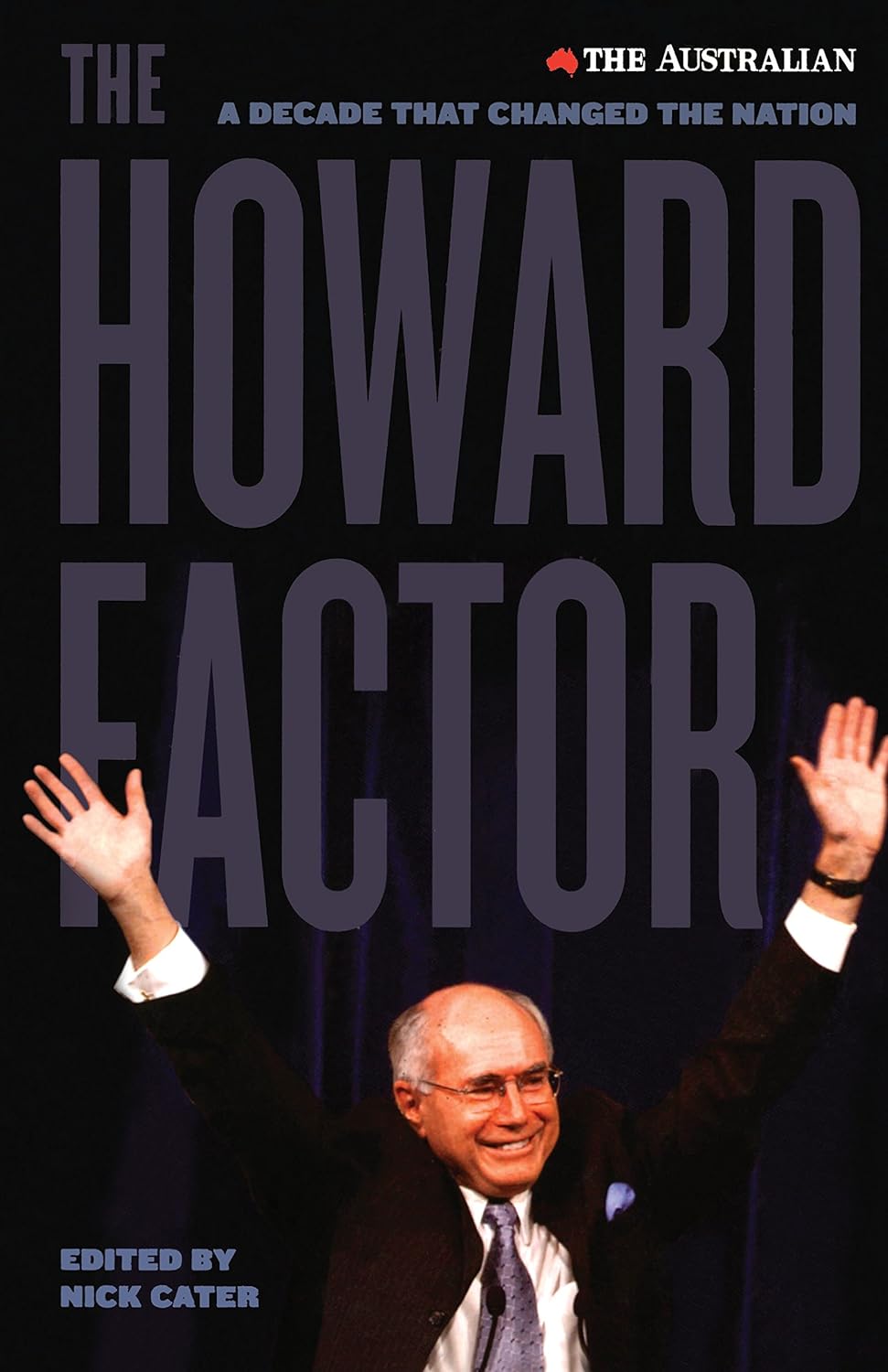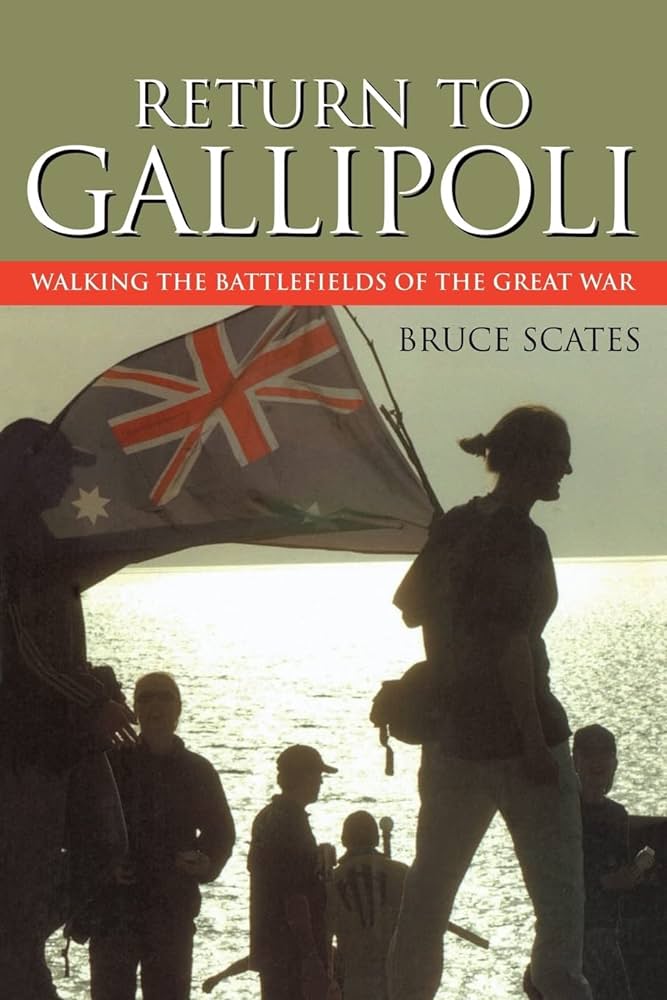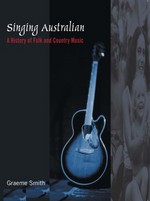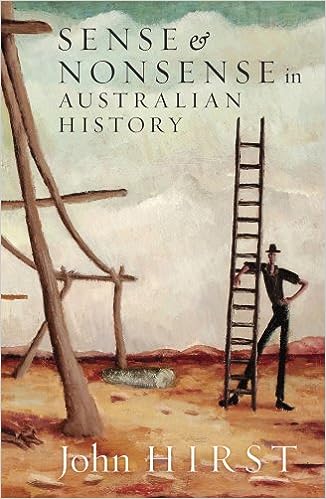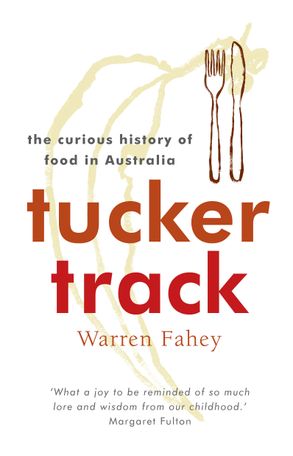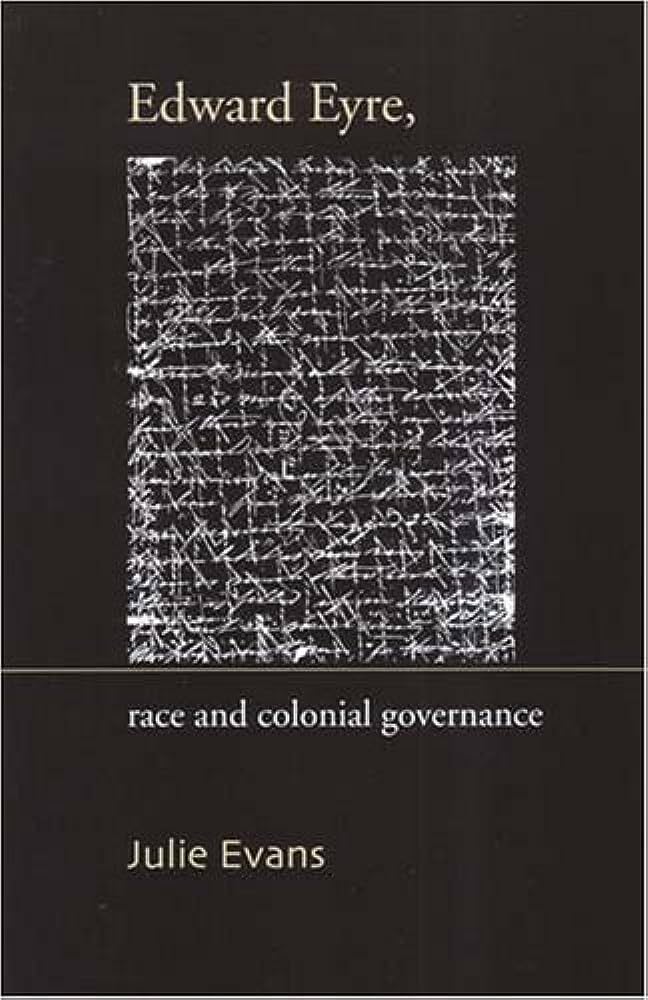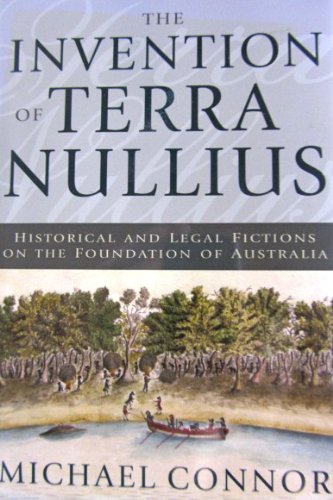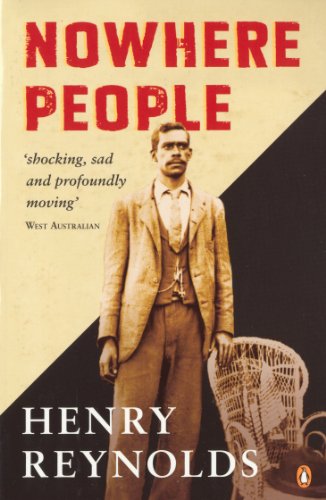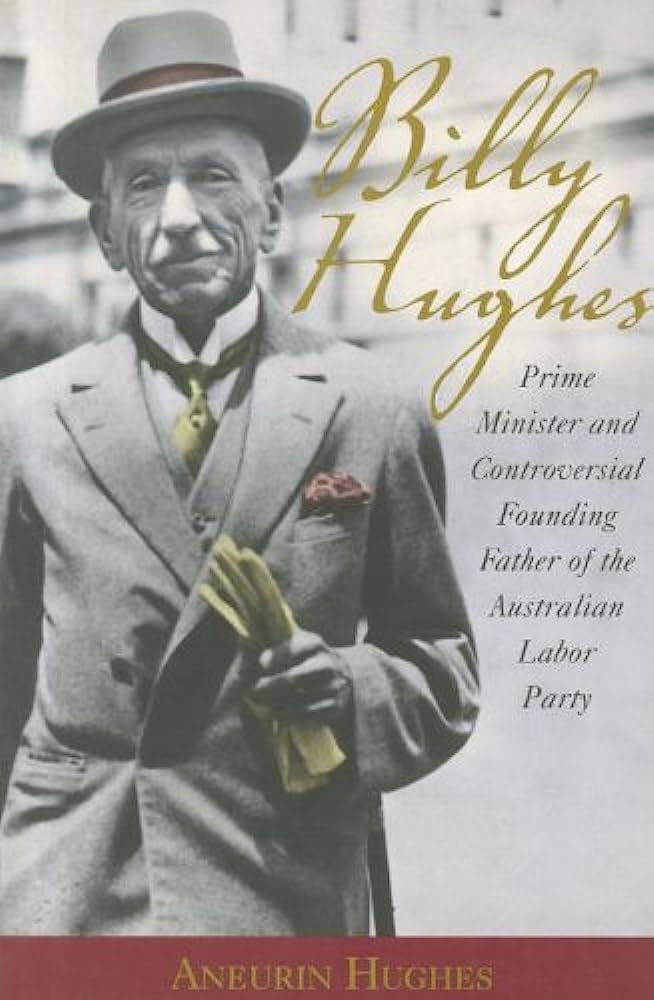Australian History
The nomenclature of indigenous policy is apt to mislead, casting indigenous people as the passive objects of progressively more enlightened régimes: protection, assimilation, self-determination. This view is resonant in the history propagated by Keith Windschuttle, among others. Contesting Assimilation sets out to debunk this historically inaccurate idea and the implicit condescension in the view that denies any role for indigenous people in shaping the policy environment. As the essays in this volume attest, the development of indigenous policy can only be understood as a product of the interaction of indigenous and non-indigenous reformers, engaged in a struggle of ideas as to how best to resolve the social issues occasioned by colonisation.
... (read more)The Howard Factor edited by Nick Carter & The Longest Decade by George Megalogenis
The provenance of The Howard Factor – a collection of essays by senior writers from The Australian newspaper – is not promising. The Australian is after all part of Mark Latham’s ‘Evil Empire’, cheerleader rather than critic of the Howard government. Yet its sympathy for the régime stems not from partisanship but from the newspaper’s philosophy: neo-liberal in domestic matters, neo-conservative in foreign policy. Populist desertion of elements of the neo-liberal agenda has aroused the wrath of the newspaper: witness its condemnation of the government’s policy funk in early 2001, and of its recent surrender to Snowy River romanticism. Discord has been less in foreign policy, where both government and newspaper have been willing recruits to the ‘war on terror’. So slavish has become the newspaper’s adherence to America’s contemporary wars that it has even repudiated its quite heroic stance on the Vietnam War a generation ago.
... (read more)Return to Gallipoli: Walking the battlefields of the great war by Bruce Scates
Why does ANZAC day seem more popular now than forty years ago? Despite the thinning ranks of veterans, attendances at dawn services in most capital cities are up, crowds at the marches are large and enthusiastic, numerous historians and former members of the armed services seem to be running profitable battle-field tour businesses, and the desire of young Australian backpackers to include Gallipoli (particularly on Anzac Day) in their itineraries increases every year. This popularity is even more remarkable given that in the 1970s and early 1980s Anzac Day was a source of controversy and dissent: anti-war protestors, Vietnam veterans who felt excluded from the national ethos, indigenous Australians who felt their wars were overlooked and feminists determined to highlight the problem of women raped in war, all saw this national day of commemoration as an occasion to press their cause. The RSL did not respond well to these attempts to undermine the sanctity of the day. The re-emergence of Anzac Day as a site for unity and cohesion, particularly amongst younger Australians, is intriguing.
... (read more)Singing Australian: A History of Folk and Country Music by Graeme Smith
Tracing both the frisson between city and outback realities and the impact of politics on the music scene, Singing Australian is not only about the intersections between folk and country music and their appropriations from a raft of other genres; it is also an insightful chronicle of Australia’s struggle for identity as a post-colonial society, the search for nationhood through song and an expansive panorama of this country’s social history.
... (read more)John Hirst is a throwback. I don’t mean in his political views, but in his sense of his duty as an historian. He belongs to a tradition which, in this country, goes back to the 1870s and 1880s, when the Australian colonies began to feel the influence of German ideas about the right relationship between the humanities and the state. Today it is a tradition increasingly hard to maintain. Under this rubric, both historians and public servants are meant to offer critical and constructive argument about present events and the destiny of the nation. Henry Parkes was an historian of sorts, and he was happy to spend government money on the underpinnings of historical scholarship in Australia. The Historical Records of New South Wales was one obvious result, and that effort, in itself, involved close cooperation between bureaucrats and scholars. Alfred Deakin was likewise a man of considerable scholarship (and more sophisticated than Parkes), whose reading shaped his ideas about national destiny, and who nourished a similar outlook at the bureaucratic level.
... (read more)Tucker Track: The Curious History of Food in Australia by Warren Fahey
When my Scottish in-laws asked about traditional Australian Christmas fare, I barely felt confident to answer for my own family, let alone for the nation. I started putting the question to friends here: what, traditionally, is eaten on Christmas day at your place? The regular response was a look of perplexity. This was invariably followed by a story of change: we used to have turkey, but in recent years it’s been salmon in the Weber; when I was a child we had a roast, a pudding, all the works, but now we have chicken salad; my partner is Lebanese/Vietnamese/Polish, and I’ve adopted his family’s traditions. The one constant seems to be change, and no doubt this is a – possibly the – defining feature of ‘Australian cuisine’. In other countries, the word ‘traditionally’ does not induce such uncertainty.
... (read more)Much critical historical interest in Edward John Eyre has centred on the apparently radical contradictions in his life. Known variously as ‘the enlightened defender of Aboriginal rights in Australia, but also as the reviled “butcher of Jamaica” in England and the Caribbean’, Eyre’s notorious career began in the late 1830s and included exploration and colonial administration in Australia, New Zealand and the West Indies, reaching both its apex and nadir while he was governor of Jamaica during 1864–65. Historians have puzzled over how a man who displayed a marked respect for indigenous people during the period from 1839 to 1845, as an Australian explorer, Resident Magistrate and later Protector of Aborigines at Moorunde, could have acted in such a barbarous way as governor of Jamaica after riots broke out in 1865. There have been several biographies and numerous piecemeal studies of Eyre’s colonial career. In Edward Eyre: Race and colonial governance, Julie Evans expands past approaches, attending to the play of power between London and the colonies (amply canvassed earlier in relation to the Morant Bay Jamaica rebellion by Catherine Hall, and extended here), the contradictory constructions of ‘race’ in colonial contexts (derived in part from the postcolonial critiques of Patrick Wolfe) and the distinctly different colonial cultures in which Eyre worked. She aims to confound and refigure the ‘common correlations between race, resistance and repression in the colonies’.
... (read more)The Invention Of Terra Nullius: Historical And Legal Fictions On The Foundation Of Australia by Michael Connor
If any scholar has written anything worthwhile on Australia’s early colonial history, it is unlikely to be mentioned in this book. In Michael Connor’s depiction, things have become so bad that all the historians, lawyers, anthropologists, sociologists and health experts, and everyone else who has written or spoken publicly about our history over the last thirty years, should be sacked immediately. So too should staff in the departments of education, in the Australian Research Council, and all their national and international academic peer reviewers. Recent PhD graduates should be asked to give back their degrees, as they have not been properly trained. Many historical research assistants should never be given jobs again. The appellations ‘associate professor’ or ‘professor’ should be removed from office doors. Historians of the Australian academy do not deserve them. The first targets should be the most prolific and popular historians. And finally, tenure and terra nullius should be banned.
... (read more)In 1936, West Australian MP Leslie Craig stated in parliament that the (then) current figure of Aboriginal ‘half-castes’ in Australia – approximately 4000 – would soon number 40,000 if something were not done to stem the tide of this growing problem. Seventy years later, in 2006, a federal member of parliament has suggested that Australia is in danger of ‘aborting itself out of existence’ and becoming ‘a Muslim nation in fifty years’ time’ – and this only a few months after the Cronulla race riots. It is clear that race-based fears are still prevalent in our predominantly white Australia. Henry Reynolds’s latest book, Nowhere People – like most of his books – is as much an analysis of our contemporary society as it is an historical examination of how international theories of race shaped Australia’s identity over the past 218 years.
... (read more)Billy Hughes: Prime Minister and controversial founding father of the Australian Labor Party by Aneurin Hughes
Major historical figures generally attract multiple biographies. Napoleon and Nelson have, reputedly, amassed more than 200 biographies each – with successive waves of interest reflecting the constant need for reinterpretation. But at some point we must strike a declining marginal utility as we tally the titles – biography as running soap opera appears a postmodern accoutrement. In Australia, we have not yet managed to produce a biography of each prime minister – then along comes another on the ‘Little Digger’ Billy Hughes (1862–1952), without doubt one of our most colourful political leaders and written-about subjects. If not 200 titles, then there is certainly a small bookshelf full of respectable studies and serious essays on him, not to mention his own books and the many cameo appearances he makes in political memoirs and other works of his generation. So, do we need another interpretation? Indeed, does this ‘short life’ of ‘King Billy’ offer a new interpretation? Why did Aneurin Hughes – his namesake but no relation, and more on that later – commit to this laborious project?
... (read more)

